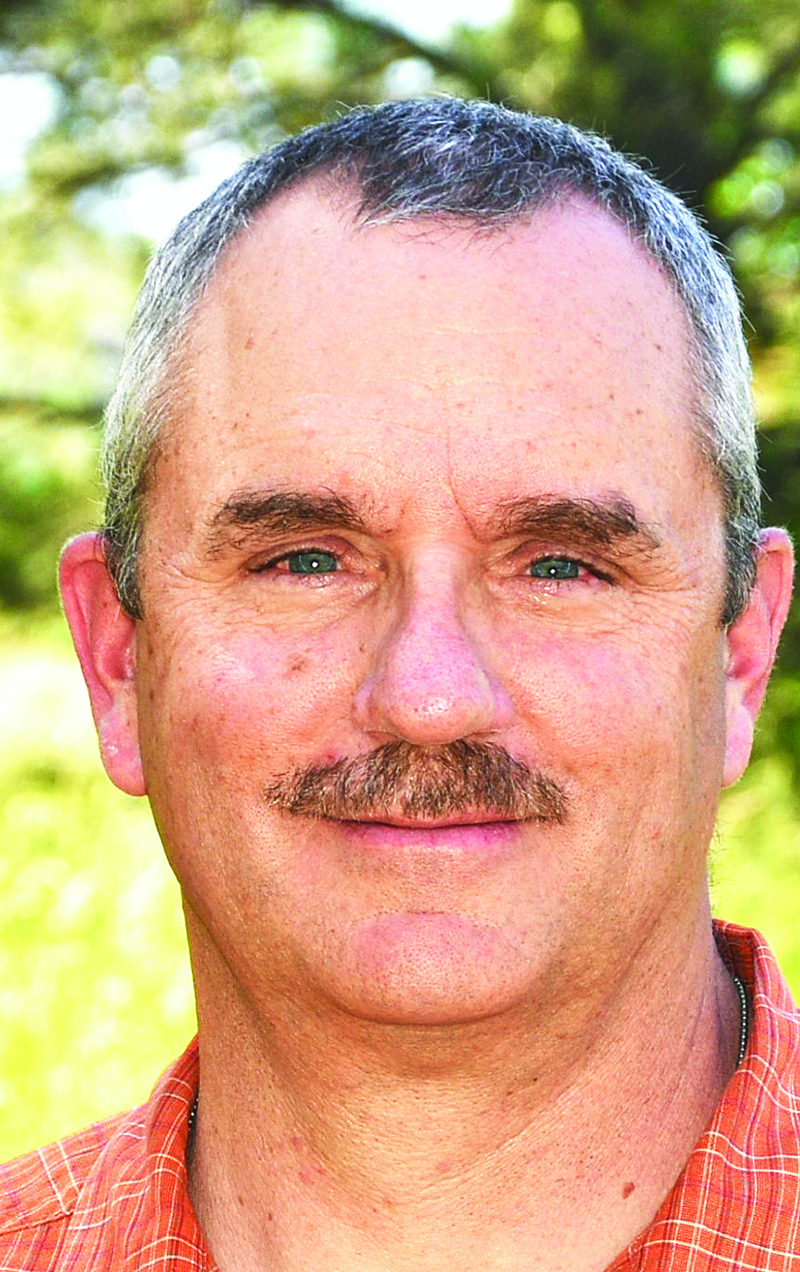Land, Water People (10-15)
Friendly Forest Interactions During Hunting Season
In the not too far distance, on a steep, timbered hillside here in the San Luis Valley, a bull Elk sounds his distinct call. Nestled in a large aspen grove in the late evening hours, I hunker down and marvel at the eeriness of the sound the large animal emits. As impressive as it is, I find it almost scary, knowing it either means he is angry with an intruder or he’s calling me to join his harem. I want part of neither!
The colors of the aspen trees are fading, and many have lost all but a few of their leaves. Like the ending of the changing trees, the less-frequent bugling signals the end of the elk rut is near. Each year, the ending of these two events signals the coming of Colorado’s several big game rifle hunting seasons. With each hunting season, staged over the course of the next two months, comes a large influx of hunters to the San Luis Valley and Upper Rio Grande.
They come with tons of gear. You can’t miss them. Trucks the size of my house pulling campers bigger than my house that are pulling OHV trailers bigger than my car! All are chock full of all the support gear needed for two weeks of the typically unpredictable Colorado weather found in late fall. Of course, I’m exaggerating, but the fact is, I get it. I’m one of them and I know that hunters are one of the most prepared groups of recreational users that you’ll find on our public lands.
With this large influx of hunters comes the potential for more interactions between the various user groups on the Rio Grande National Forest and indeed, other public lands. The hunting season dates are designated by Colorado Parks & Wildlife for very specific reasons. However, I think it is important to remind hunters that there are still plenty of non-hunting visitors to the Forest. I would ask that they be respectful to those folks as there is no implied exclusive hunting use of public lands during those dates.
The converse goes for the non-hunters. I would ask that they be considerate of hunters since they have such a limited amount of time to participate in an age-old activity that provides for a fine and thrilling recreational experience as well as a basic function of harvesting an animal that may serve to provide year-round meat for a family.
The types of interactions we commonly hear about among different user groups this time of year typically have similar characteristics. A hiker or biker (could be me) stumbles on a hunter decked out in their required orange and is uncertain of what to do. Do you call out to the hunter? Do you attempt to quietly sneak past her? Or do you turn around and run in the opposite direction you came? All are options you are likely to think of, but I don’t recommend. Rather, you should attempt to make eye contact with the hunter, so they’ll be aware of your presence. Slow movements with a quiet wave will likely capture their attention. There may be animals in close proximity and if they indicate that, it would be best to try to determine your best path out of the area.
It is most likely, however, that the hunter is well-aware of your presence. Their activity is typically much slower and quieter than most hikers and bikers are, and the sounds produced in a quiet forest travel well ahead of the person or thing producing them. If you are the hunter faced with this scenario, give your fellow forest user a friendly wave and maybe even offer a greeting if the situation permits. If you do approach a non-hunter, I recommend tucking your firearm well under your arm or slinging it on your back. It shows a sign of respect.
The Rio Grande National Forest is managed for multiple uses. This includes non-recreational uses. We support all forest users when doing it appropriately and encourage a friendly, gracious and accommodating mentality when on your public lands. Your choice method of enjoying the national forest is assuredly different than another’s. We’ll all have a better experience when we all participate with this very easy to adopt attitude.
Gregg Goodland is the Public Affairs Officer for the Rio Grande National Forest. An avid outdoor enthusiast, you’ll find him enjoying all public lands as often as possible.



